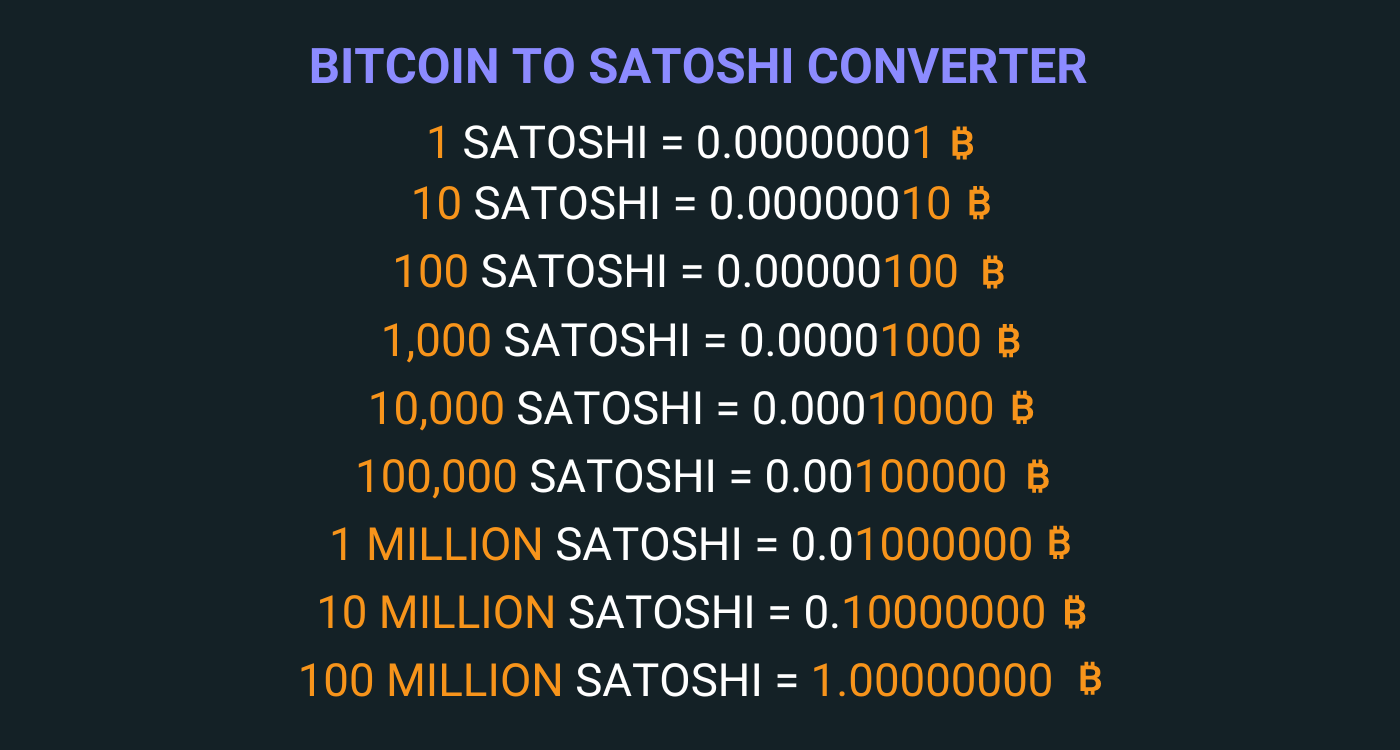Introduction:
Developer Casey Rodarmor shook up the Bitcoin mainnet in January 2023, introducing Ordinals NFT’s. In a world where Bitcoin NFTs are not a new concept, Ordinals bring together security, authenticity, and creative expression on the Bitcoin blockchain. Join us on this exploration of a revolutionary force in the Bitcoin space, where inscriptions on the mainnet have unlocked the full potential of Bitcoin Ordinals.
Wondering why everyone's so hyped? It's not just about NFT’s, Ordinals are a whole new vibe, rewriting the rules for digital assets on the Bitcoin blockchain understand what are Ordinals: how do they work, and why are they different?
Definition:
Ordinals are means of creating Bitcoin NFTs by attaching data such as images, videos, and more to an individual satoshi on the base Bitcoin blockchain.
Reminder 💡:
A Satoshi is the smallest unit of Bitcoin, and the name is in honor of the creator of Bitcoin, Satoshi Nakamoto. 1 BTC = 100 000 000 satoshis & 1 satoshi = 0.00000001 BTC.

Understanding Ordinals:
Let's explain it easy: Ordinals on Bitcoin are inscriptions on Bitcoin.
Casey Rodarmor, founder of Bitcoin Ordinals said: "Inscriptions are like NFTs, but are true digital artifacts: decentralized, immutable, always on-chain, and native to Bitcoin."
All of this has been made possible thanks to the Segwit & Taproot upgrades deployed in 2017 and 2021.
Ordinals & Inscriptions:
Understanding Ordinals involves a clear distinction between Ordinals and Inscriptions.
-
Ordinals are a system organizing satoshis to establish the essential "non-fungible" property for NFTs.
-
Inscriptions represent the contents of the ordinal NFT, such as images, text, videos, or any data users associate with an NFT.
Ordinals Theory:
Bitcoin, being fungible, implies that distinguishing one bitcoin from another is impossible. This is where ordinal theory steps in.
The key innovation of Ordinals NFTs is that they provide a system for numbering each individual sat. The outcome is a unique ID for every satoshi on the Bitcoin blockchain. In its simplest form, each ordinal represents a satoshi with a distinct number.
According to ordinal theory, individual satoshis receive numbers based on the order in which they are mined. The initial ordinal corresponds to the first satoshi ever created, dating back to 2008.
With a number assigned, each satoshi can then be inscribed with data such as pictures, text or videos through a Bitcoin transaction.
When a satoshi is transacted, the order is maintained through a first-in, first-out system, aligning with the chronological sequence of transactions. Once that transaction is mined, the arbitrary data is permanently part of the Bitcoin blockchain.
Summary of Ordinals:
Ordinals on Bitcoin can be an image, a video, a GIF, inscribed on a Satoshi.
The main difference with all NFT’s is that Ordinals are inscribed on a satoshi instead of being linked to a server, so it’s 100% on-chain, forever.
Now you’re probably wondering how to mint Ordinals? How to inscribe Ordinals? Learn how to mint and collect Bitcoin NFT’s by reading our article Ordinals mint and collect.